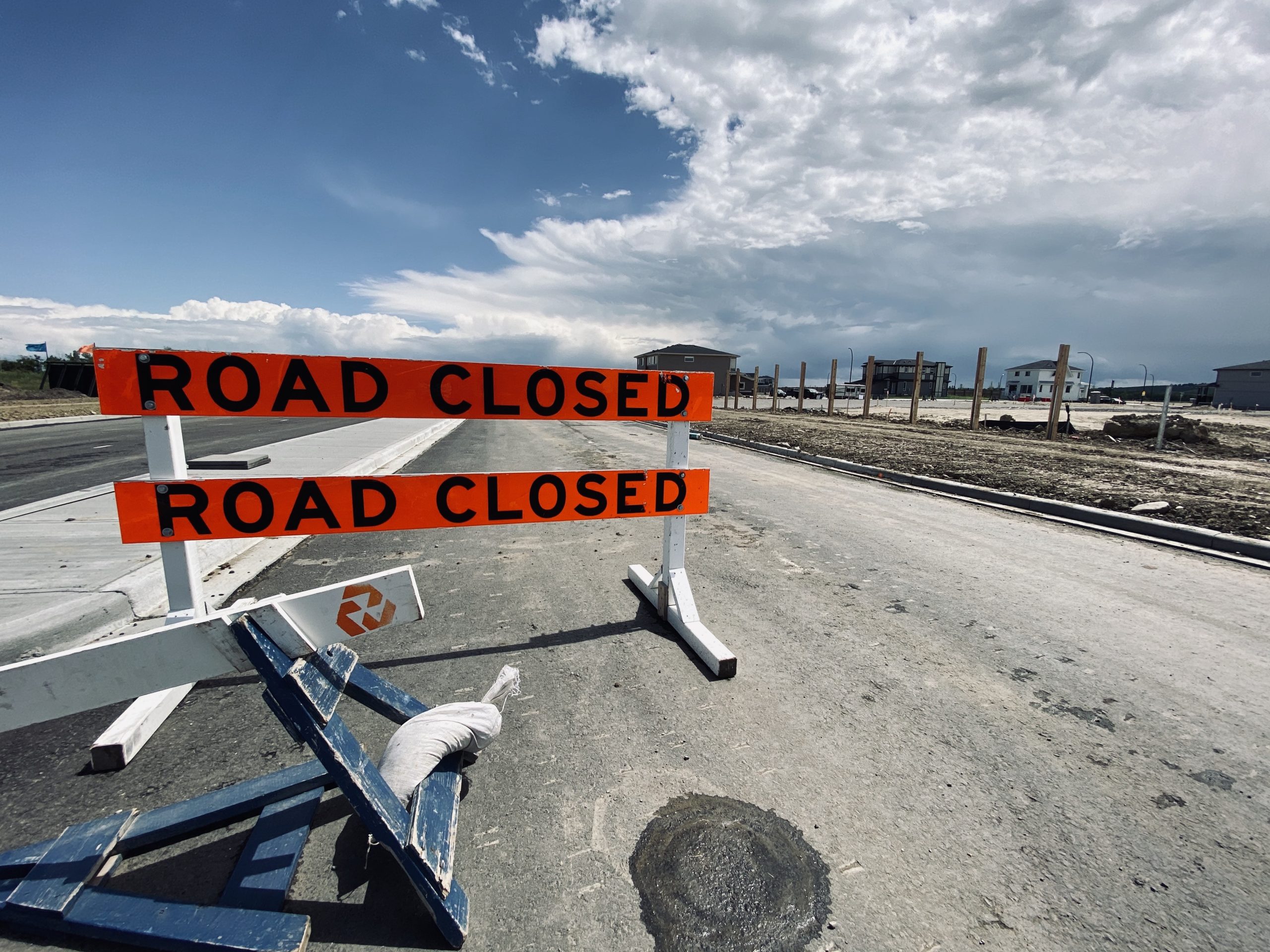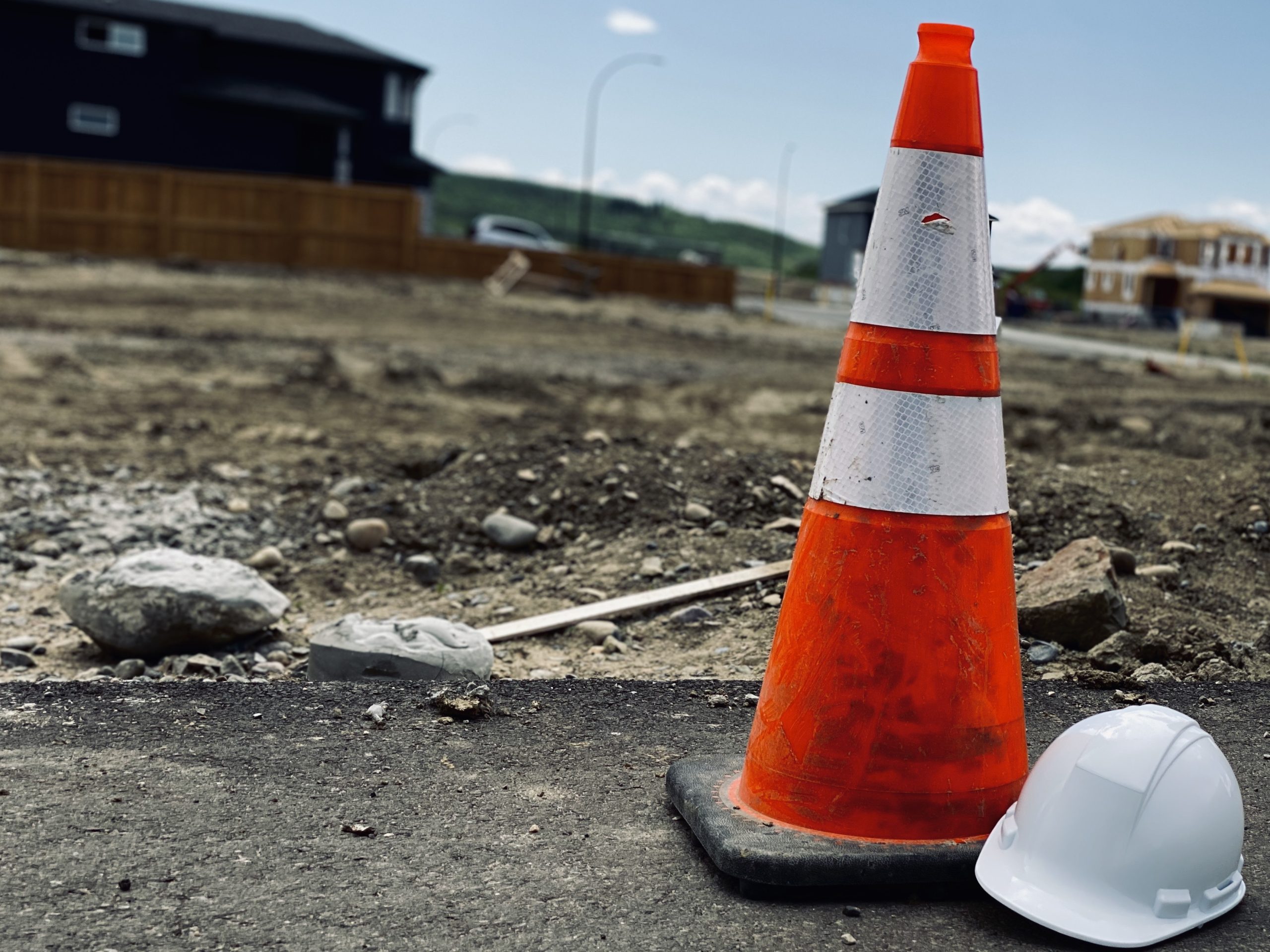Working when it’s hot puts stress on your body’s cooling system. It can lead to heat-related illness (cramps, rash, heat stroke, heat exhaustion), disability and even death. Precautions can be taken in the workplace to avoid this situation and ensure the safety of employees.
What is heat exhaustion?
Heat exhaustion is a condition of fatigue and weakness, resulting from prolonged exposure to heat. It’s often accompanied by dehydration. Symptoms include:
- Increased respiration rate
- Hot dry skin
- Headache
- Nausea
- Dizziness
- Weakness
- Fainting
- Irritability
- Thirst
- Heavy sweating
- Elevated body temperature
- Decreased urine output
- Rapid pulse
- Cramps
- Confused behaviour
Two types of heat exhaustion:
- Water depletion: Signs include excessive thirst, weakness, headache, and loss of consciousness.
- Salt depletion: Signs include nausea and vomiting, muscle cramps, and dizziness.
Causes of heat exhaustion:
Factors that can cause heat stress include:
- heavy physical labour
- low liquid intake
- working in waterproof clothing
- working in direct sunlight
- working in the heat with no breeze or wind
- high humidity in the workplace (more than 50%)
- working in hot workplaces (foundries, smelters, chemical plants, bakeries, commercial kitchens)
- working in mines (deep mines with geothermal gradients, mines with equipment that radiates heat)
How to avoid heat exhaustion in the workplace:
It’s important to take every reasonable precaution for the protection of workers.
- Have a heat stress prevention program specific to your workplace
- Use machines (hoists, lift tables, etc.) to reduce physical demands
- Use insulated and reflective barriers (i.e.: insulate furnace walls)
- Exhaust hot air and steam
- Use air conditioners to reduce temperature and humidity
- Use fans
- Provide air-conditioned rest areas
- Put a plan in place for hot days
- Increase the frequency and length of rest breaks
- Schedule strenuous jobs for cooler times of the day
- Provide cool drinking water
- Remind workers to drink
- Assign more workers or slow down the pace of work
- Ensure workers have time to acclimatize to a modified intensity of work
- Train workers to recognize the signs and symptoms of heat exhaustion
- Establish a buddy system
- Make sure workers trained in First Aid are available and on-site
- Create an emergency response plan and communicate it clearly to workers
- Make appropriate accommodations for workers who are pregnant or have a medical condition
- Encourage employees to wear light and breathable clothing
- Have workers cover their heads to prevent exposure to direct sunlight
- Have employees wear reflective clothing in a high radiant-heat situations
- Train workers in heat stress awareness and first aid
- Post urine colour charts in washrooms to raise awareness about hydration
- Designate a responsible person to monitor conditions
How to treat a worker with heat exhaustion:
If all preventative methods fail and a worker experiences heat exhaustion:
- Call a supervisor for help
- Move worker to a cool and/or shaded area
- Remove outer clothing
- Fan or mist worker with water
- Apply ice bags or cold towels
- Provide cool drinking water
If these measures fail to provide relief within 15 minutes, seek emergency medical help as untreated heat exhaustion can progress to heat stroke.
Workplace policies, procedures, schedules and training can help reduce the risk of heat exhaustion. Be aware of the likelihood of heat exhaustion in your workplace. Keep track of the temperature and humidity. Provide training for your employees and have a response plan in place. If you’re not sure how to create policies and plans, contact a safety consultant. They have the knowledge, experience and skill to help you create an effective plan and provide adequate training.
Need help establishing a heat stress prevention program? Looking for professional safety consultants that are passionate and knowledgeable? Want a safety consultant that responds in a timely manner and provides teaching at every opportunity? Seeking customer service that exceeds your expectations? Get in touch with 1st Quality Safety Consulting. We provide safety programs, monthly consulting packages, digital safety management software and online and classroom courses.








